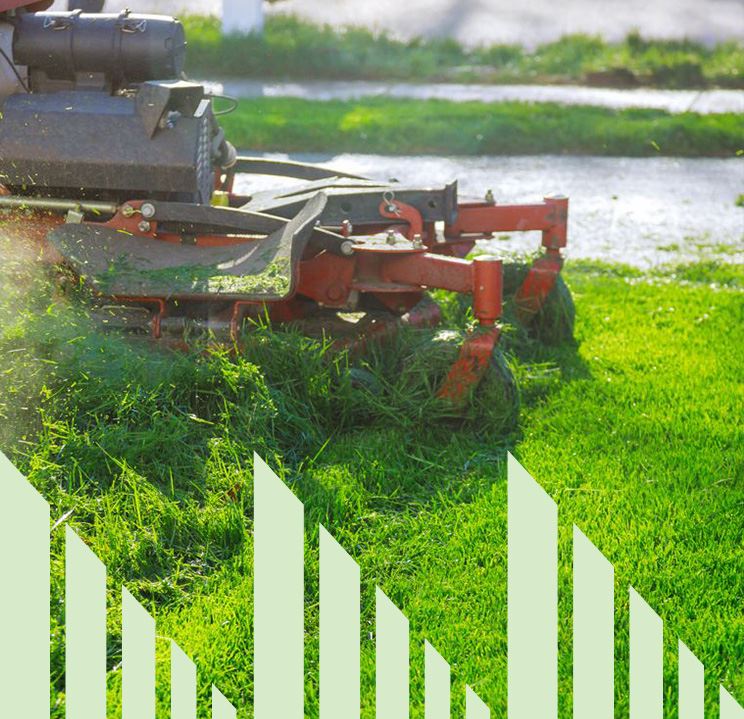
Lawnscape Systems in Inland Empire
Our team is happy to be part of the community that serves the businesses and residential citizens in San Bernadino County. Whether our clients are looking for a short and sweet six-step lawn care program or an extensive, all-encompassing 12-step lawn care program, the team at Lawnscape Systems is here to provide you with whatever you need. We also offer services beyond lawn care, such as weed abatement, pest control, disease control, a detailed lawn analysis, and more. To check out more about our services, head over to our services page!
Some of the other cities near Inland Empire that we service include Upland, Claremont, San Dimas, La Verne, Etiwanda, and Alta Loma.
Lawnscape Systems always gives a little more when we provide a lawn care service. We don’t just want to perform our services and leave, we want to prepare our clients with the knowledge it takes to keep up with their yards. Check out so tips and tricks for your different lawn care needs below!
Grubs
There are several types of white grubs that feed on the roots of lawn grasses. All of them can cause severe damage if left untreated.
Grubs live and feed in the soil. It’s easy to miss grubs as they gradually cut the roots out from under your lawn until brown patches begin to appear and they’re finally discovered. If you suspect grubs, pull back the turf. If the lawn pulls up easily (like new sod), you may find white grubs in the top inch or so of the soil.
Grubs are the larval (or worm) state of many types of beetles. The beetles lay their eggs in your lawn, and the newly hatched worms work their way through the thatch and into the soil, where they feed on the roots of grass plants.
These soil pests don’t disappear on their own. They should be treated before damage begins to appear, or as soon as they’re discovered. Give Lawnscape Systems a call for more information and to learn how we can help.
We also provide services for:
- Lawn Care
- Weed Control
- Detailed Analysis
- Weed Abatement
- Perimeter Pest Control
- Disease and Insect Treatments
A member of our team will be in touch shortly to confirm your contact details or address questions you may have.

Lawn Fungus Disease
Lawn funguses can destroy your lawn if not addressed properly, and the sooner the better to minimize damage. Here are some signs of lawn fungus diseases, and the best ways to keep them under control.
- Patches of silver-gray or bleached-white turf
- A pinkish cast to your lawn
- Purplish-brown spots with lighter centers on grass blades
Healthy lawns have an easier time standing up to fungus diseases, so regular fertilization, aerating, and mowing with a sharp blade are helpful (mowing with a dull blade can shred grass tips, making it easier for fungus spores to enter the plants). It’s also important to water less often and more deeply since fungus spores spread in water.
If fungus disease does appear, a prompt fungicide treatment can improve your lawn’s chances for recovery and decrease the potential for long-term damage. Please call us right away if you suspect fungus disease in your lawn. If fungus disease does appear, a prompt fungicide treatment can improve your lawn’s chances for recovery and decrease the potential for long-term damage. Please call us right away if you suspect fungus disease in your lawn.
Call Us Today!
Our Values Serving Southern California Since 1979
-
Using Green ProductsWe use products that are effective, safe, and eco-friendly!
-
100% Satisfaction GuaranteeWe're so confident you'll be happy with our services, we guarantee it.
-
Licensed, Insured, Vetted ProsEntrust your landscaping needs to licensed, insured professionals.
-
Contact Us for a Free EstimateWe make it easy to get started with a completely free quote.



Hear From Our Happy Customers
At Lawnscape Systems, Inc., your satisfaction is our priority! See for yourself what our customers have to say about working with us.
-
"The best lawn in my city! Yes I am proud."I get regular compliments from my neighbors and guests. I'm very satisfied. Highly recommend.- Gabriele Lesky
-
"Personal, knowledgeable, professional and excellent at his work."We have had the same service man for years. He answers any questions I might have.- Gary Kleinsmith
-
"I’ll never spray my yard myself again!"This is our second time using this company and you can’t beat the value and the customer service- Kelly DeChristopher
-
"This company is fantastic."The workers are so helpful, respectful & thorough.- Debb McKinley
-
"My lawn looks healthy as ever."Good work!- Susan Russak
-
"Great work, great experience, great person."Michael at Lawnscape is my service person and I highly recommend him and his work.- Steve Simmons
-
"I highly recommend their service!"We have used Lawnscapes for many years.- J Lozier
-
"I have used Lawnscape for my lawn maintenance for 10+ years."My lawn is the envy of the neighborhood and I am quite proud of how it looks year round. I could not do it without Lawnscape!!!- William Lockridge
